The 10 Most Dangerous Animals in the Mediterranean Sea
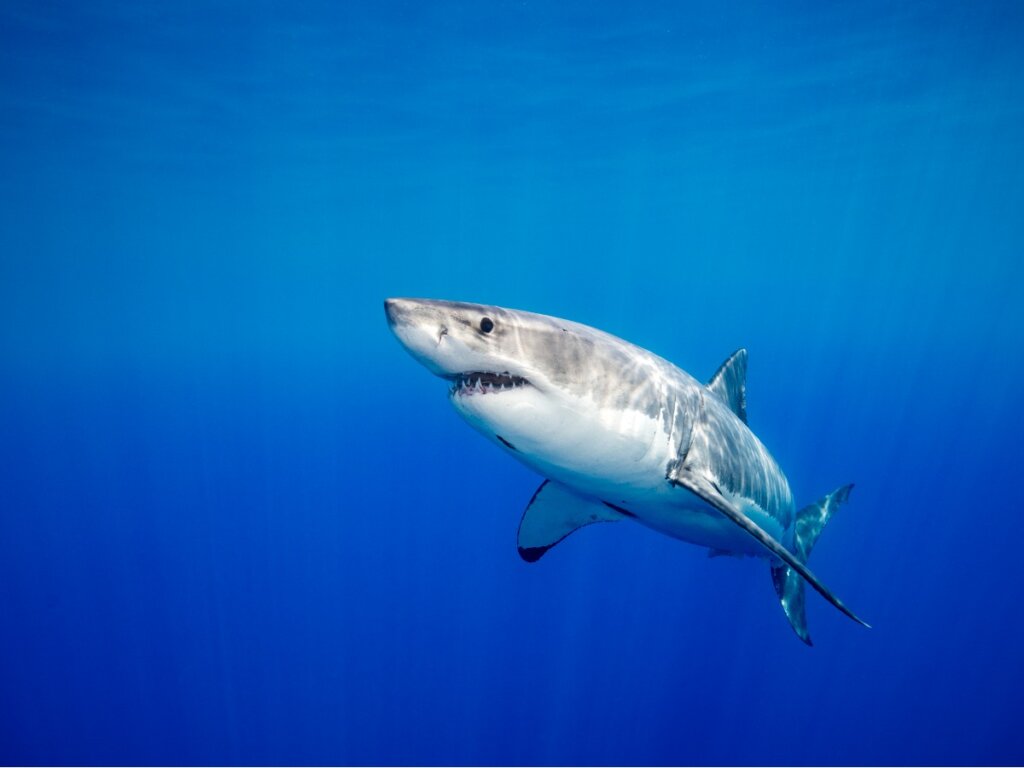
Despite being a small inland sea, the one that surrounds certain coasts of the Iberian Peninsula isn’t exempt from threats. The most dangerous animals in the Mediterranean are endowed with hunting and defense techniques that can pose a serious problem. Of course, after meeting them, you won’t want to disturb them (or be their food).
In this article, we’ll bring you a selection of the most dangerous creatures in this sea. Whether through thorns, bites, or a simple rub, its ability to cause damage is significant.
The 10 most dangerous animals in the Mediterranean Sea
The enormous biodiversity of the Mediterranean Sea has yet to be fully deciphered, although today more than 17,000 different species are estimated. The increasing intrusion of human beings into its waters has led to new encounters, many of them unpleasant. You can meet several of the dangerous animals that live in its waters below.
1. Spiderfish (Trachinus draco)
Also known as scorpionfish (not to be confused with specimens of the Scorpaenidae family), this animal possesses a venom of a glycoprotein and vasoconstrictor nature. It hides in the sand waiting for its prey, making it easy to accidentally step on it. Its bite can cause inflammation, vomiting, pain, fever, shortness of breath, and seizures.
The toxin from this animal is heat labile and is inactivated by the application of heat.
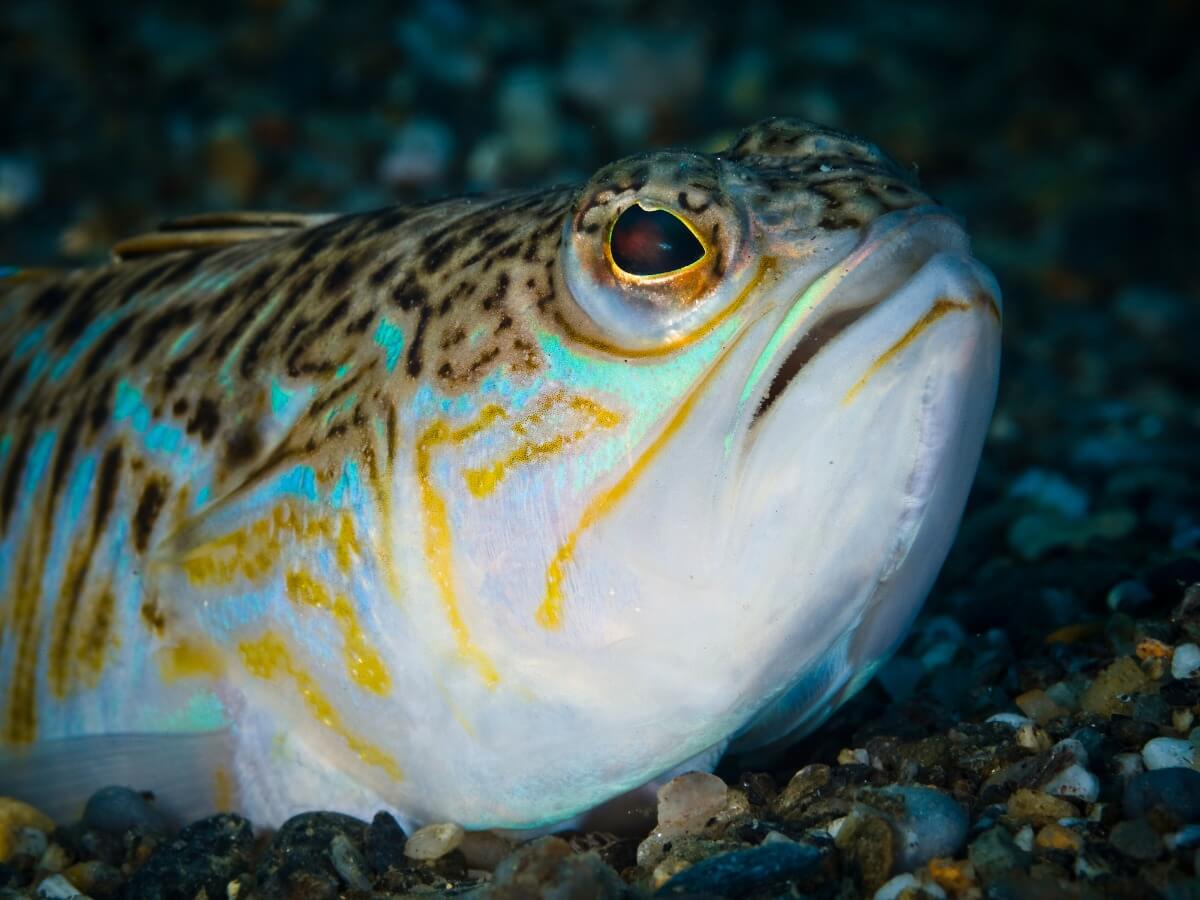
2. Portuguese man o’war (Physalia physalis )
This jellyfish is actually a colonial hydrozoan, which means that it isn’t a single individual, but a group of several of them living in symbiosis. Its venom, injected by its tentacles up to 10 meters long (33 feet), is neurotoxic, cytotoxic, and cardiotoxic. It causes enormous pain and can kill a human.
This animal wasn’t sighted in the Mediterranean until 2018, when it is believed that it reached the coasts due to the rise in the temperature of the waters due to climate change.
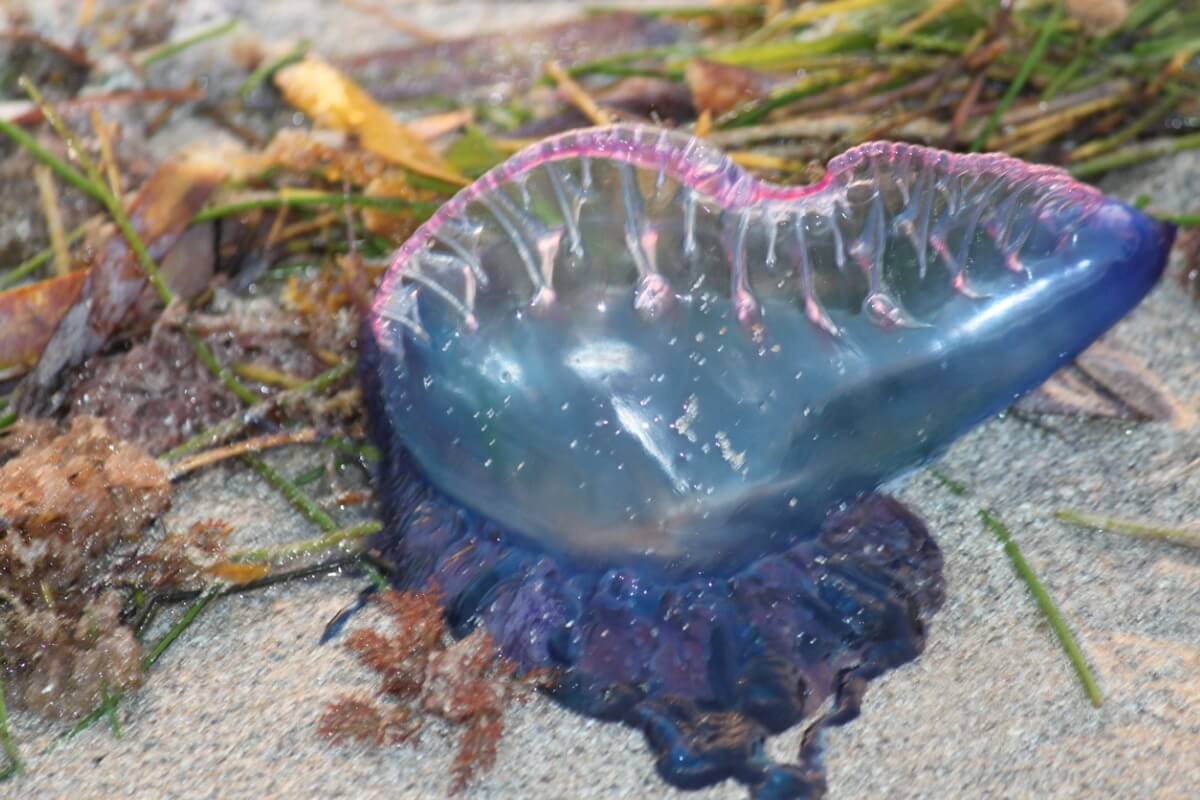
3. Stonefish (Synanceia horrida )
This fish combines an appearance that is perfectly camouflaged with the rocks on which it lands to rest, while producing a deadly neurotoxic poison. In its dorsal line, it has up to 17 spikes equipped with poisonous glands that, by scratching the skin, inject a paralyzing substance that can kill a human being.
The venom of this fish is as powerful as that of a cobra.
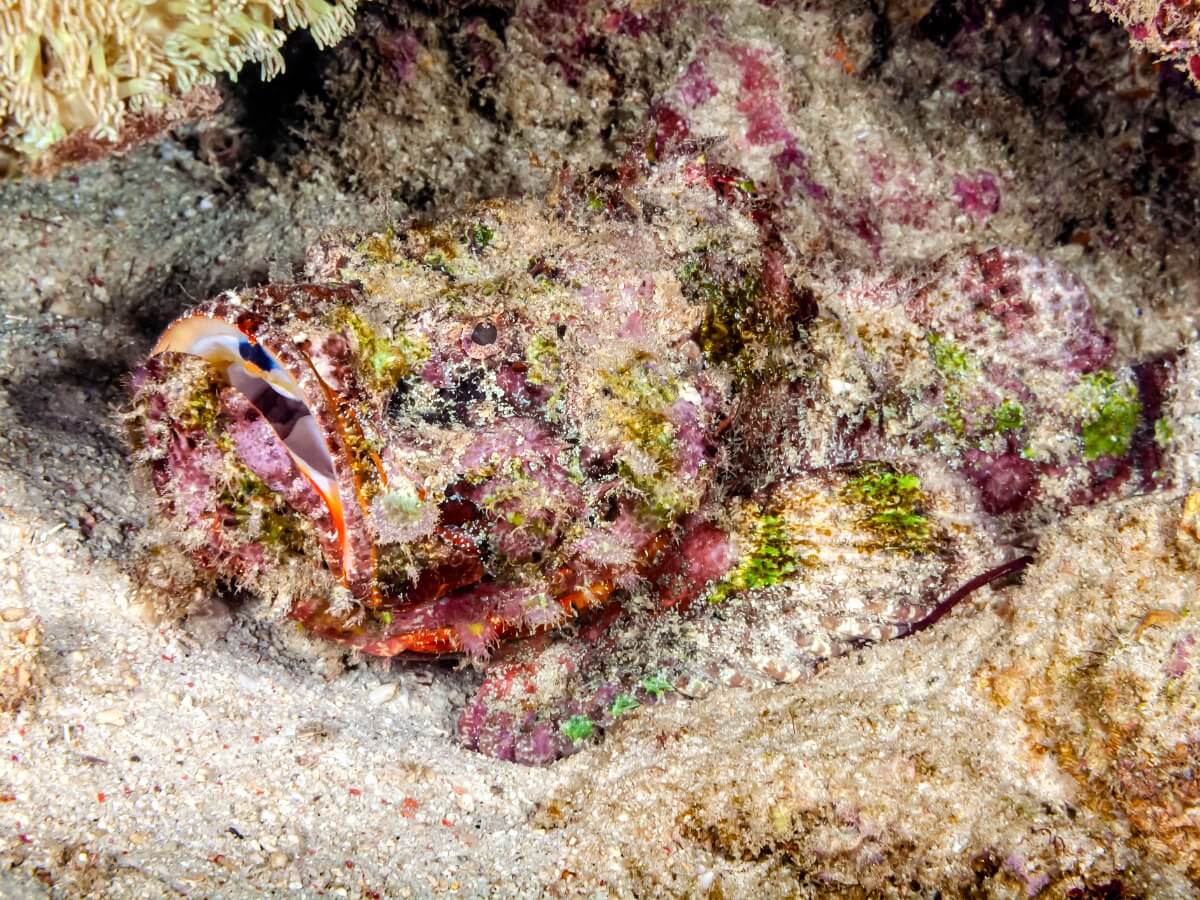
4. Carybdea marsupialis
The carybdea marsupialis is a small cnidarian whose venom causes burns, muscle and joint pain, loss of consciousness and, in some cases, death. It’s an invertebrate with coastal habits, but it’s easier to see at night, and so divers and bathers are advised to be especially careful during that part of the day.
Although its sting isn’t one of the most lethal, it’s still considered to be one of the most dangerous animals in the Mediterranean Sea.
5. Mediterranean moray (Muraena helena)
This is one of the most dangerous animals in the Mediterranean and one of the most feared. Its bite inoculates a hemolytic venom (which destroys red blood cells) and it’s quite territorial. However, it chooses to stay in its lair in case of danger, so if it bites you it means you have annoyed it considerably.
This animal can reach more than 1.5 meters in length and 15 kilograms in weight.
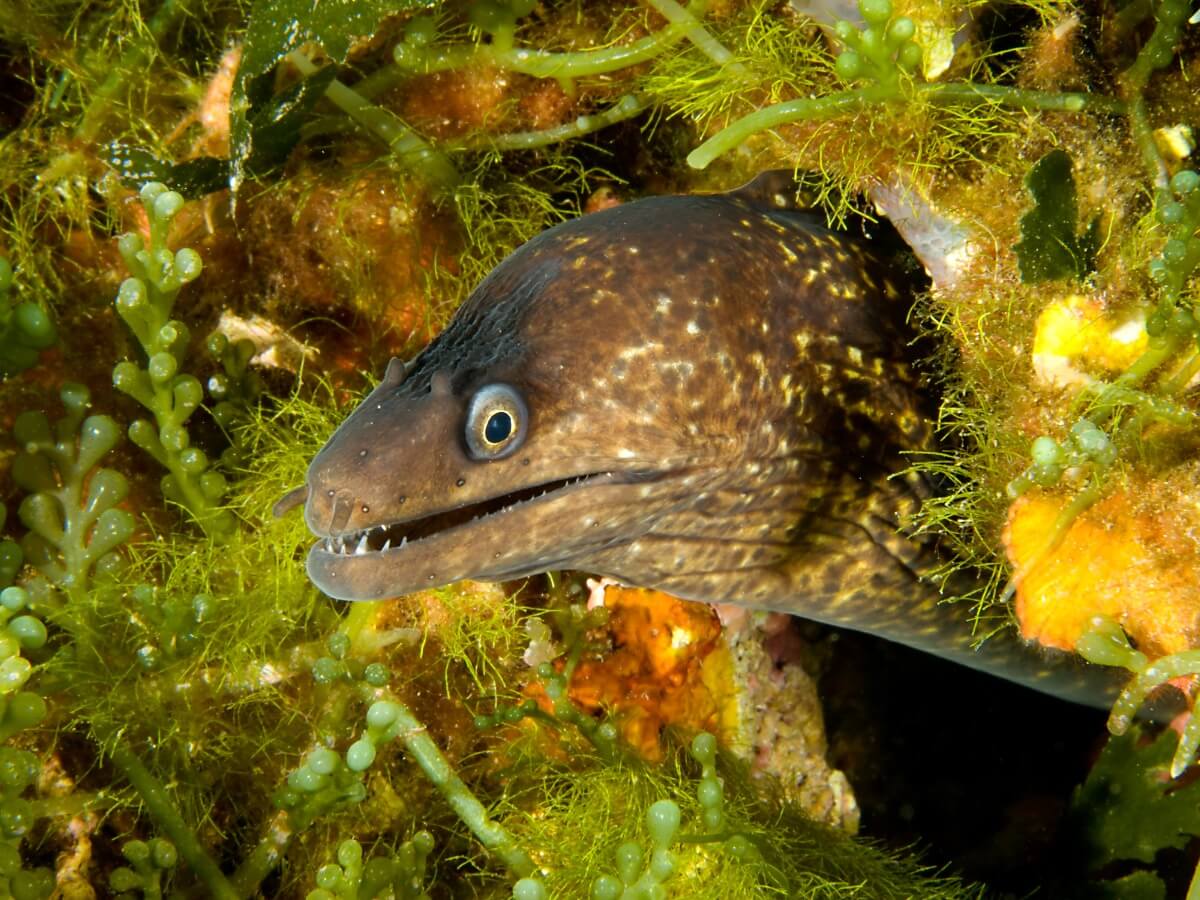
6. Blackbelly rosefish (Helicolenus dactylopterus)
This is a species of teleost fish from the Sebastidae family. Like the spiderfish, its hunting technique consists of camouflaging itself and waiting for its prey to ambush them. Its venom, although little studied, is known to cause great pain and inflammation. Despite its toxic capacity, it’s a popular delicacy.
It’s a ground fish that blends in very well with the environment it lives in.
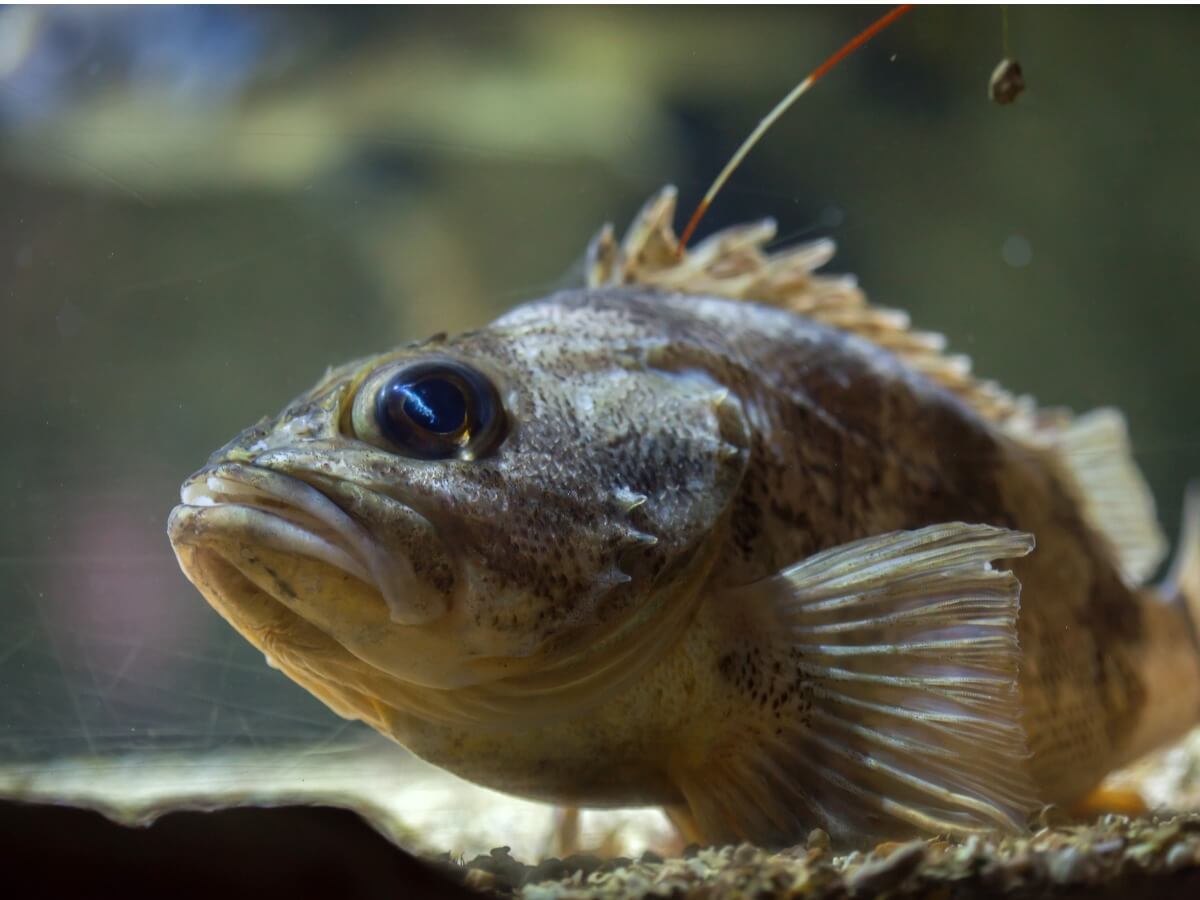
7. White shark ( Carcharodon carcharias )
The great predators couldn’t be missing from the list of the most dangerous animals in the Mediterranean. The force of the white shark’s bite is 300 times stronger than that of the human, and, in addition, its teeth project forward. However, these sharks aren’t aggressive animals and attacks on people are very rare.
The bad (and unfounded) fame of this cartilaginous fish has led it to a state of vulnerability, according to the International Union for Conservation of Nature (IUCN).
8. Atlantic Torpedo (Torpedo nobiliana )
The Atlantic torpedo looks similar to stingrays (flattened) and frequents the cold waters of the Atlantic and Mediterranean. This curious animal has a rather peculiar and dangerous ability: it can produce electric shocks of up to 220 volts, with which it’s capable of rendering a human being unconscious.
The discharge is produced from electrolytes, organs located in the front disc of the animal.
9. Beadlet anemone (Actinia equina)
Belonging to the Actiniidae family, this species of anemone moves along the seabed and rocks thanks to a pedal disk. Its body shape is cylindrical and is crowned by a multitude of tentacles that trap the prey to carry them towards its mouth, located in the center. Its venom is paralyzing and causes great pain.
As a curiosity, it should be noted that this species is viviparous.
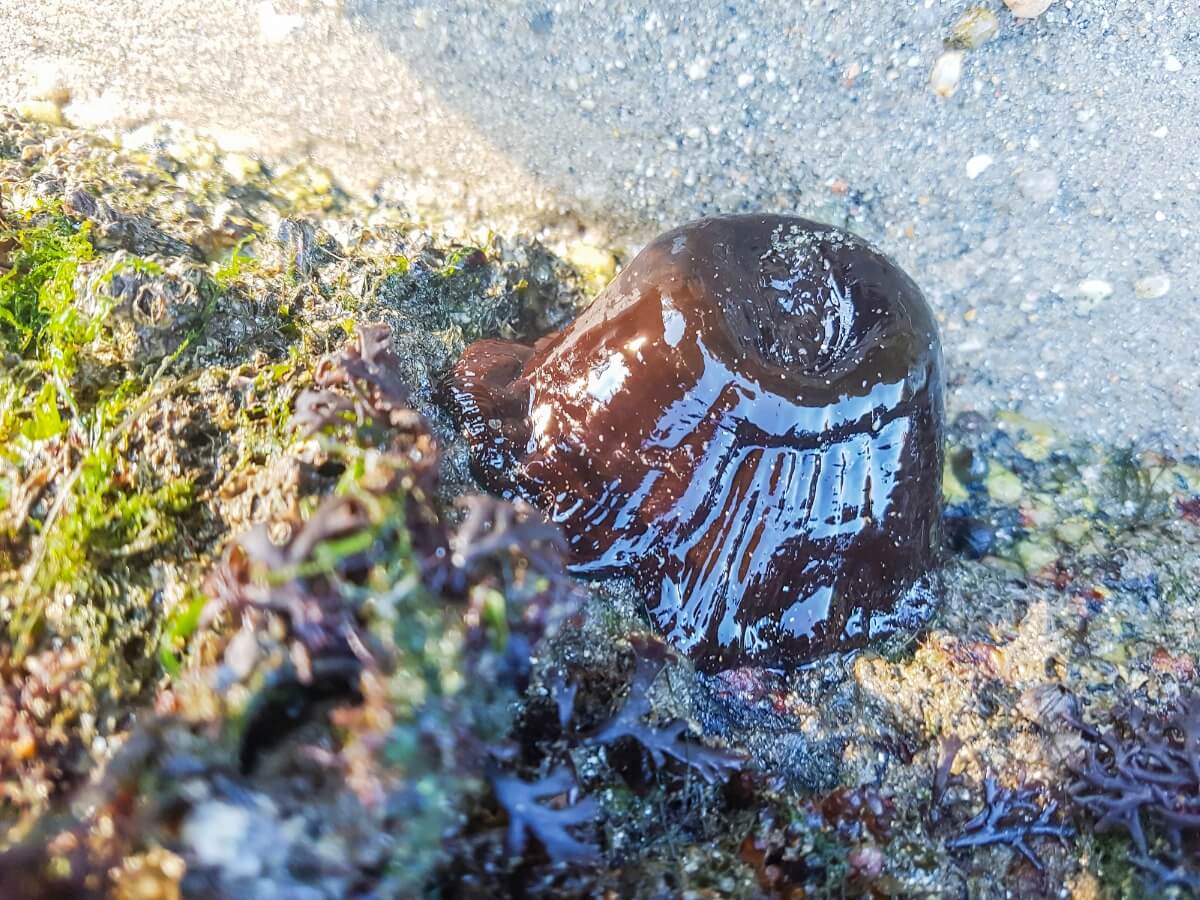
10. Common stingray (Dasyatis pastinaca )
This elasmobranch has a barbed stinger in the caudal area that injects a venom that produces intense, stabbing and spasmodic pain. In addition, the area around the sting is cyanotic in color and the victim may feel nauseous and faint, although its toxin isn’t fatal to humans.
This cartilaginous fish can measure up to 2 meters (6.6 feet) long and the poisonous apparatus reaches 20 centimeters (8 inches) in size.
Many of the species that you have met on this list came to the shores of the Mediterranean from their normal habitat. The large number of stingrays sighted in 2018, along with the arrival of the Portuguese Man o’ War and lionfish in 2020, are signs that something is wrong in the oceans and that we must take more care of them. If we preserve ecosystems, we save ourselves.
All cited sources were thoroughly reviewed by our team to ensure their quality, reliability, currency, and validity. The bibliography of this article was considered reliable and of academic or scientific accuracy.
- Martínez Ramírez, M., Villena Zálvez, M. E., Marín Jara, I., & Monedero La Orden, J. (2010). Picadura por Carabela Portuguesa, una” medusa” algo especial. Revista Clínica de Medicina de Familia, 3(2), 143-145.
- Rigby, C.L., Barreto, R., Carlson, J., Fernando, D., Fordham, S., Francis, M.P., Herman, K., Jabado, R.W., Liu, K.M., Lowe, C.G, Marshall, A., Pacoureau, N., Romanov, E., Sherley, R.B. & Winker, H. 2019. Carcharodon carcharias. The IUCN Red List of Threatened Species 2019: e.T3855A2878674. https://dx.doi.org/10.2305/IUCN.UK.2019-3.RLTS.T3855A2878674.en. Downloaded on 16 August 2021.
- Bennett, M. V. L., Wurzel, M., & Grundfest, H. (1961). The electrophysiology of electric organs of marine electric fishes: I. Properties of electroplaques of Torpedo nobiliana. The Journal of general physiology, 44(4), 757-804.